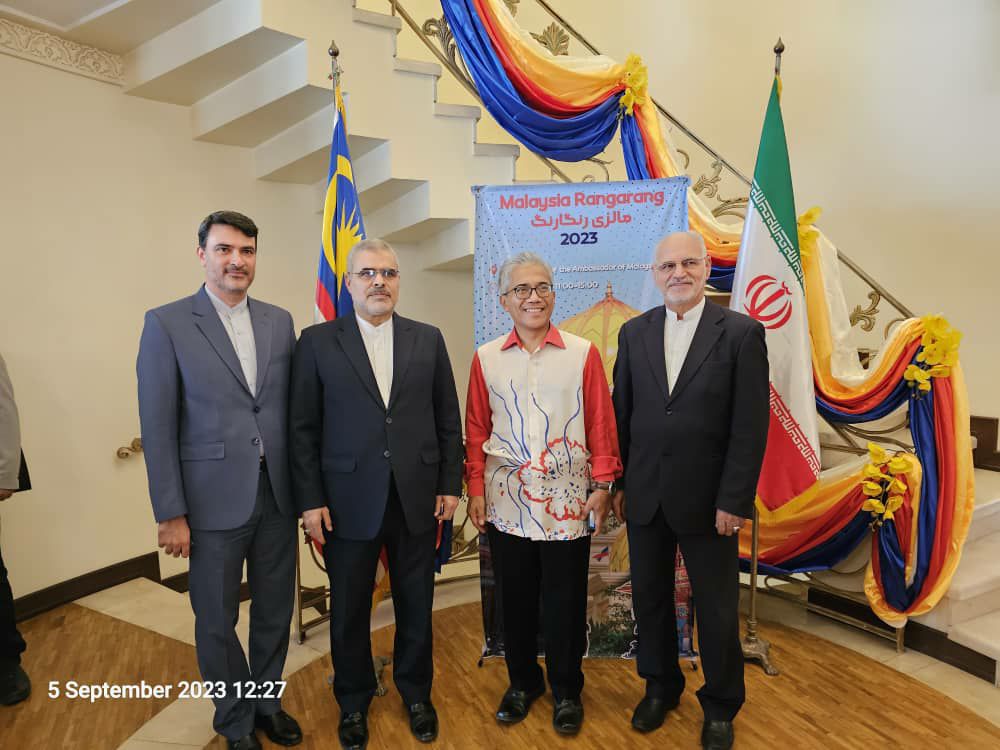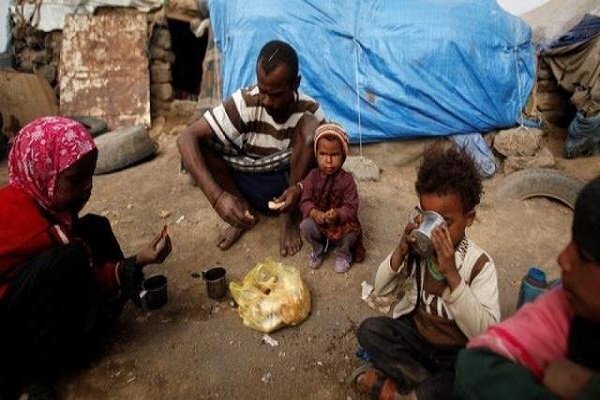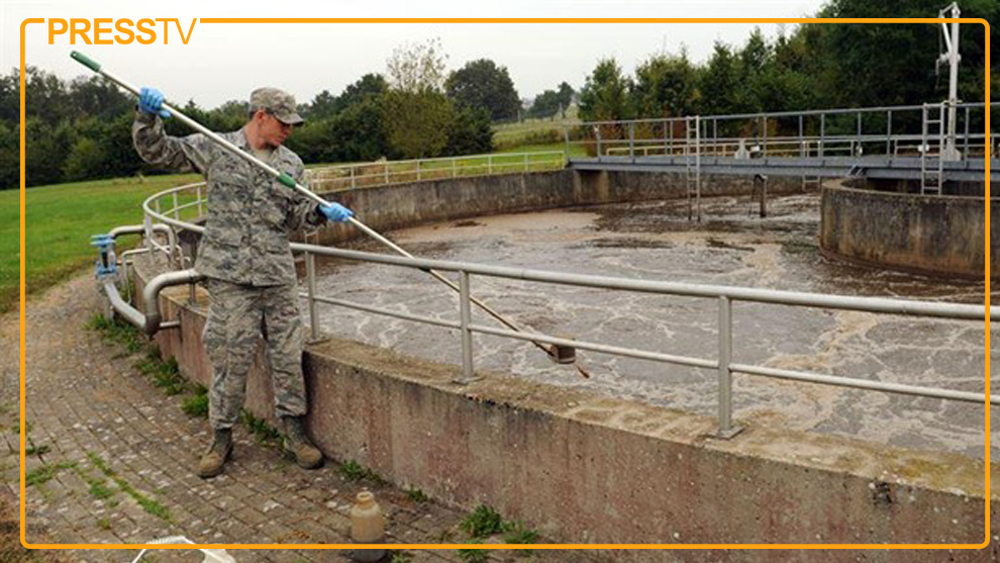Iran’s Trade Position with Afghanistan Falls to Fifth Place
TEHRAN (Iran News) Khamehzar criticized Iran’s Plant Protection Organization (PPO) for maintaining excessively strict rules that hinder agricultural imports from Afghanistan. “Although Afghanistan is currently classified by Iran as a high-risk country, it has the potential to meet a significant portion of Iran’s agricultural needs,” he said.
He pointed out that Iran is currently facing a shortage of cotton. With traditional suppliers like Uzbekistan no longer exporting to Iran, and Turkey becoming a cotton importer itself, Afghanistan could step in to fill this gap. Khamehzar stressed that Afghanistan’s untapped land and inexpensive labor make it an ideal location for offshore farming—particularly at a time when Iran is grappling with a severe water crisis.
The border region of Farah Province in Afghanistan, adjacent to South Khorasan, is highly active in agriculture and could serve as a strategic hub for cultivating essential crops such as corn, barley, soybeans, oilseeds, and cotton for the Iranian market. “South Khorasan alone consumes 200,000 to 250,000 tons of oil annually,” Khamehzar noted, “and much of the required corn is currently imported from distant countries like Russia, Brazil, and parts of Africa.”
Khamehzar argued that easing restrictions and allowing Iranian-supervised offshore farming operations in Afghanistan could prevent significant capital outflow. He urged the Plant Protection Organization to reconsider its regulations and take into account proposals from the private sector regarding cross-border agriculture.
Interestingly, while agricultural imports face regulatory hurdles, Afghan minerals such as lead, zinc, coal, and talc are imported without issue, as they are not subject to PPO regulations. This discrepancy, Khamehzar suggested, highlights the inconsistency in Iran’s trade policy toward Afghanistan.
He also criticized the Iranian government’s recent decision not to import potatoes from Afghanistan during a domestic shortage, opting instead for imports from Pakistan. This is despite the fact that Afghan dried fruits and nuts are being exported to European markets tariff-free and Afghanistan maintains a preferential trade agreement with India. In fact, Iranian saffron often reaches Indian markets via Afghanistan.
Khamehzar concluded that increasing imports of Afghan agricultural products could help rebalance trade between the two countries. “The sharp contrast between Iran’s exports to Afghanistan and its minimal imports from the country is one of the main reasons for the decline in our trade status,” he said. “Afghans are voicing dissatisfaction over Iran’s unwillingness to purchase Afghan goods.”
He also noted that the Iranian Ministry of Agriculture plays a key role in the Joint Economic Commission between Iran and Afghanistan and should therefore lead efforts to streamline agricultural cooperation.
As trade dynamics shift and regional needs evolve, experts like Khamehzar believe that more balanced, pragmatic policies are essential to restoring Iran’s trade leadership in the region and enhancing economic ties with Afghanistan.
- source : IRAN NEWS ECONOMIC DESK






























